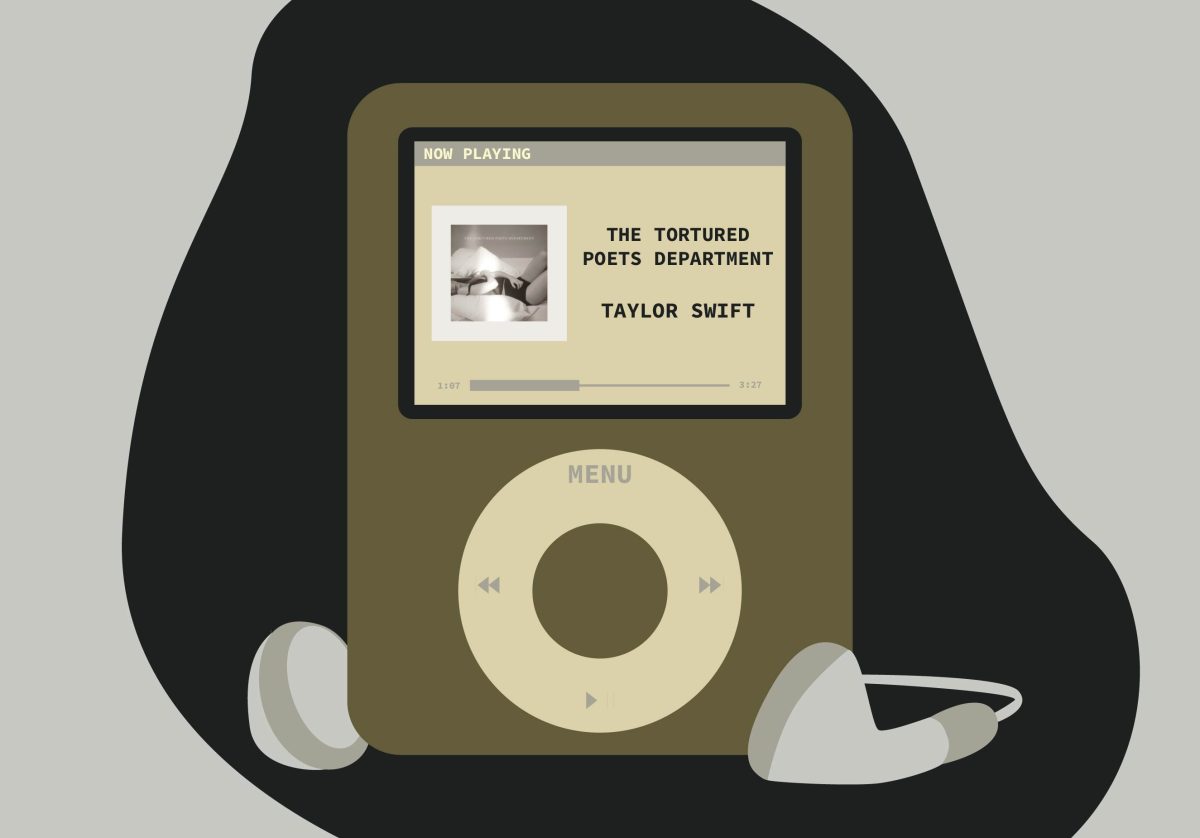This is the time of year when the studious types put away their atlases and inure themselves to another winter of dodging idiotic drivers and sliding on black ice. But for those few adventurers who refuse to let homework or a little cold weather get in the way of a good road trip, a new book promises a thousand trips in search of retro fun.
“Tiki Road Trip” is a compendium of practical information on a thoroughly frivolous topic – the pursuit of fun and relaxation in our continent’s remaining tiki bars. Tiki bars are part of a phenomenon that reached its peak in the late 1950s and early 1960s. Inspired by source texts such as James Michener’s “Tales of the South Pacific” and Thor Heyerdal’s “Kon-Tiki,” suburban Americans surrounded themselves with Polynesian-flavored kitsch. Tired after long days transforming the world into an image of IBM perfection, they visited tiki bars at night. There they relaxed, intoxicated themselves and occasionally canoodled (as seen in Billy Wilder’s 1960 masterpiece “The Apartment”). The original tiki bar was a riot of bamboo, palms, glass fisherman’s floats and giant tikis – the usually inauthentic carvings based on various gods of the Pacific islands. There one could choose from a profusion of strong drinks, mostly sweet and rum-based, and often served in ceramic mugs also shaped like tikis.
Sadly, the vast number of tiki bars that once dotted the American landscape has been reduced to a small fraction of the original complement. These beautiful, if slightly sordid, national treasures are staffed by diehard bartenders and inhabited by a variety of patrons, from slumming yuppies to bohemian connoisseurs.
“Tiki Road Trip” author James Teitelbaum is a Chicago musician and music producer whose business travels have allowed him to pursue his interest in tiki bars. Teitelbaum has long been an aficionado of both “primitive” art and mid-century design. One day he “stumbled into a tiki bar purely by chance, and these interests came crashing together.” After pursuing these interests in private for approximately five years, Teitelbaum started “The Tiki Bar Review Pages” in 1994. The website was one of the first online portals for other tikiphiles and generated a massive positive response.
In an effort to generate a little bit of compensation for the huge investment of his time in the Web site, Teitelbaum decided to put the pages into a book format. He approached several publishers who produced books similar to his concept, and one of them, Santa Monica Press, agreed to take on the project.
The result is a remarkably complete introduction to tiki locales. “Tiki Road Trip’s” main focus is, of course, tiki bars. However, Teitelbaum also lists many other businesses which, to a greater or lesser extent, keep the tiki flame alight. The majority of the listings are for the United States, with highlights of Canadian tiki and a few other major international tiki sites. For the reader’s edification and inebriation, although not while driving, a drinks recipe section is included, as well as a glossary of tiki terms.
“Tiki Road Trip” is an excellent companion to Sven A. Kirsten’s “The Book of Tiki” which was published in 2000. Teitelbaum points out that Kirsten’s book is particularly rich in vintage images and social history of the glory days of tiki. In contrast he sees “Tiki Road Trip” as a more practical primer in where to go to find current tiki experiences.
The actual reviews are arranged by state and city. Each tiki location has contact info and a review by Teitelbaum commensurate with its interest and historic significance. Additionally, each entry is given a score from one to five according to the author’s trademarked “TiPSY factor” which stands for “tikis per square yard.” Also, each entry is classified by type of business. The types are “Classic Tiki Bar,” “Fine or Casual Dining with a Polynesian Atmosphere,” “Chinese Restaurant with a Tiki Lounge,” “Tiki Mecca,” “Neo-Tiki,” “Non-Bar or Restaurant,” and “Don’t Bother.”
Whether you take a dozen road trips every year or only one, a copy of “Tiki Road Trip” in the glove compartment will allow you to engage the nightlife of other cities in new and exciting ways.














